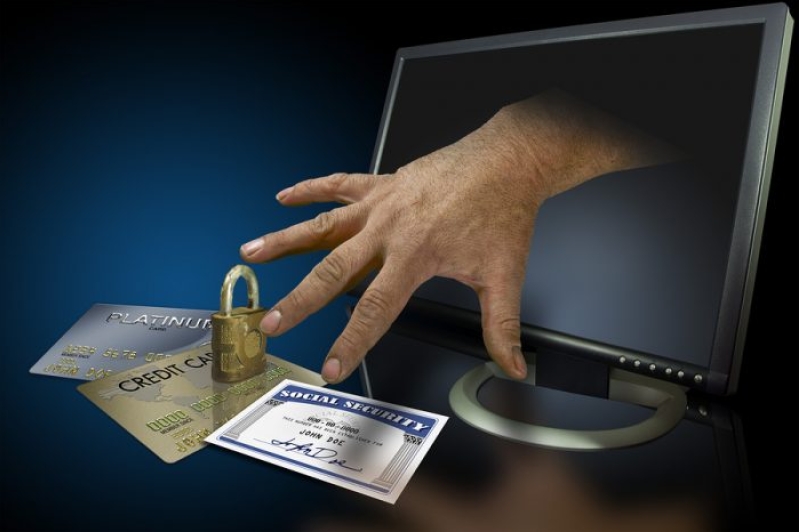
This year has seen tremendous pressure from the public with small and large companies breached by in-country and foreign hackers. The US government is not spared with over 5.6 million fingerprint records of employees stolen, and the UK's Three Mobile having their over 10 million users' data hacked. The biggest heist to date, though, was back in February 2013 when $45 million were stolen from ATMs around the world. With all these data breaches, how can people protect themselves?
One computer expert says it is strikingly easy to hack ATMs, and this is because of one ATM feature: the magnetic stripe on ATM cards. Russell Brandom of The Verge says, "The magnetic stripe on your ATM card is easy to read and easy to clone, making it simple for thieves to steal and stockpile the data."
He adds that although newer technologies have safer features, ATM, credit and debit cards cannot do without the magnetic stripe just yet. This is a limitation of available technology. Brandom adds, "As long as that stripe stays on your debit card, it will be a target for criminals."
The February 2013 hack appears to be a well-laid out plan that features two parts: first, raising the ATM accounts' withdrawal limits; second, withdrawing as much cash as possible before the bank gets notified of exceeding withdrawals, and before the accounts reset themselves. Within 10 hours, the hackers were able to withdraw $45 million from ATMs across the world. In New York City alone, 2,904 ATM machines were breached and $2.4 million was stolen in 10 hours.
Two months prior, the hacking team which appears to have members from all over the globe, has been doing small-time trial-and-error withdrawals in the US and the Middle East.
It can be scary to trust online banks and accounts again with these massive breaches. Here are top suggestions to protect oneself from the threats of cyber hacking, specifically ATM skimming ('skimming' refers to hackers stealing ATM details using remote devices):
1. Check balance statements frequently
It is important to do online checks of ATM balances frequently, even on an everyday basis. Even a $1 purchase that got through which the account holder does not know about can spell disaster, as this means the hacker may be trying out if the breach worked out. When this happens, call the bank immediately and either change password, or close the account and transfer funds to a new one.
2. Access online bank statements on secure, personal computers only
Never access an online bank account using a public computer. If there's a need to use someone else's computer, make sure it has an updated security software installed. It can be easy to leave online footprints, so make sure access is made only on computers that are trusted. Even a personal computer should be regularly checked for security software updates.
3. Use a strong password
For passwords, never use generic words and personal information, and always put in a mix of alphanumeric characters (i.e., capital letters, small letters, numbers) and symbols. Also, make sure that password reminders are stored securely, not on a phone's notepad.







